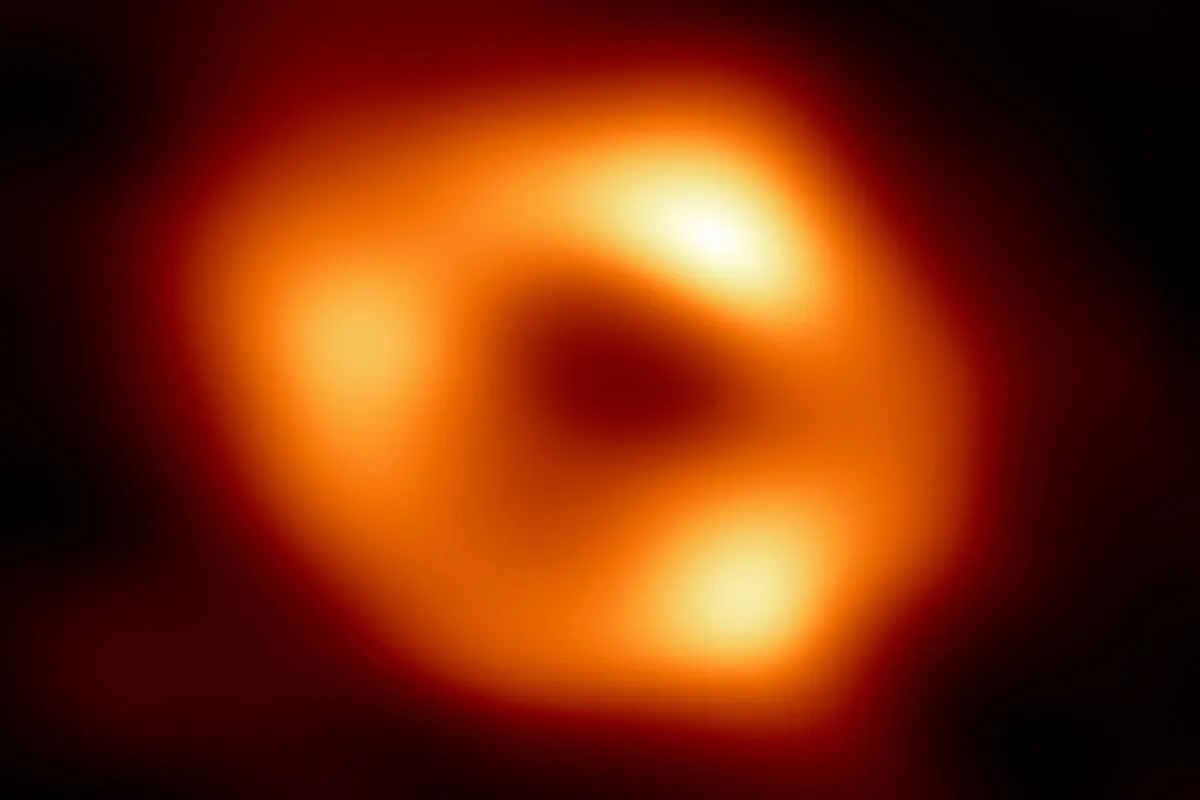As the team behind the recent image of the black hole at the centre of our Galaxy know only too well, investigating black holes is incredibly difficult because they are exactly that – black.
The Event Horizon Telescope team managed it using a planet-sized telescope, but in the meantime, another team has been using a more unusual method – echolocation.
The Milky Way is home to tens of millions of black holes, left behind by supernovae.

Most of the time they are invisible until they feast on the gas around them, creating a burst of X-rays.This then bounces and echoes off the surrounding gas, illuminating it.
A team of astronomers from MIT has tracked down a total of 10 echoing black holes – 8 of which were new discoveries – and watched them for several months.
"These black holes range in mass from 5 to 15 times the mass of the Sun, and they’re all in binary systems with normal, low-mass, Sun-like stars," says Jingyi Wang from MIT, who led the study.
By comparing the delay in light from the black hole’s corona arriving at Earth to the arrival of echo, the team was able to create a map of gas around the black hole.
This revealed that the black holes initially go through a 'hard' stage lasting a few weeks, where they form coronas of high-energy photons and shoot out jets of material at near light speeds.
The jets and corona first begin to sputter, before transitioning back to a low-energy 'soft' phase.
MIT's Erin Kara works with MIT education and music scholars Kyle Keane and Ian Condry to convert the echoes into sound waves. Hear them in the video below.
The team saw that as the black hole transitioned from hard to soft, the time lag of the echo increased, suggesting the gap between the corona and the surrounding disc was growing larger.
One explanation is that the corona experiences a brief expansion outwards as it finishes its cosmic feast, then retracts.
"We’re at the beginnings of being able to use these light echoes to reconstruct the environments closest to the black hole," says Erin Kara from MIT.
"Now we’ve shown these echoes are commonly observed, and we’re able to probe connections between a black hole’s disc, jet and corona in a new way."
Read the full story on the MIT website.
This article originally appeared in the July 2022 issue of BBC Sky at Night Magazine.
